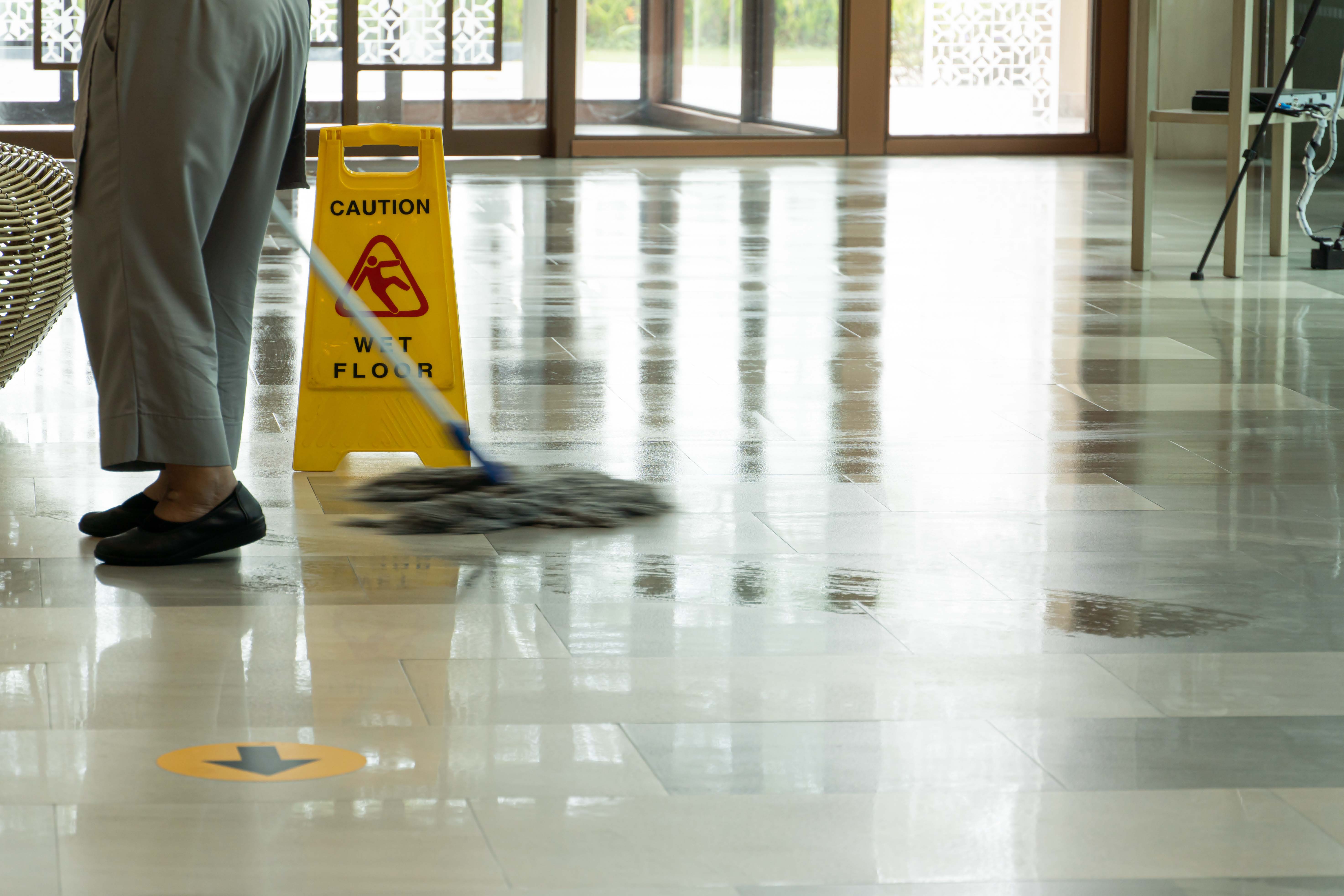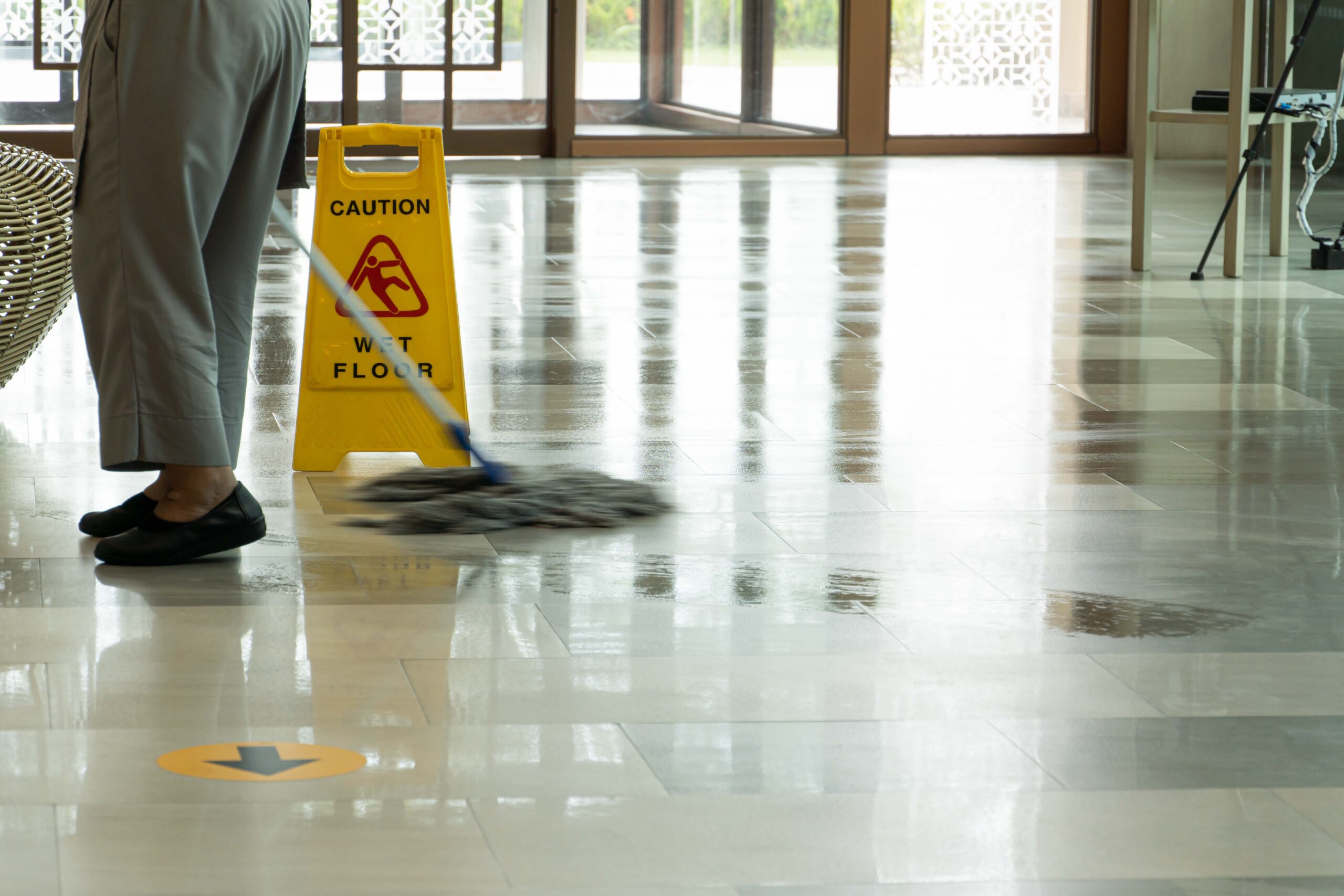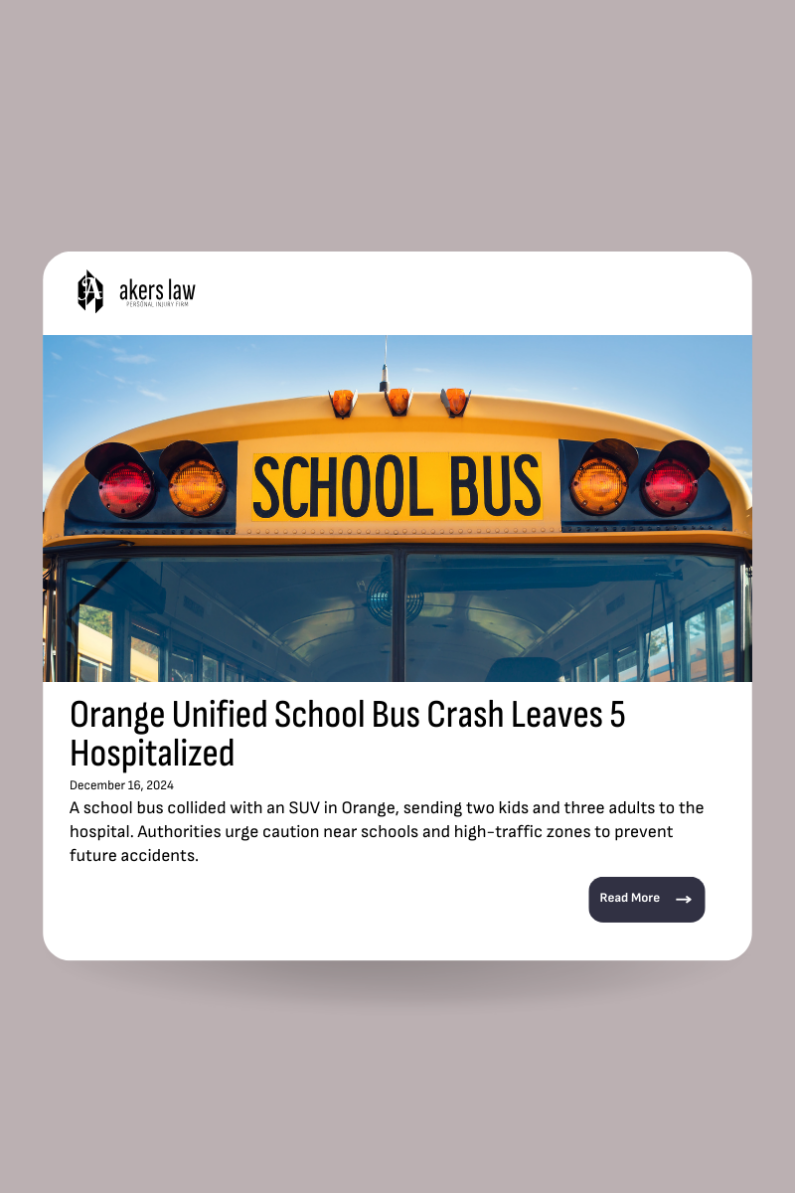Introduction to Slip and Fall Accidents
Slip and fall accidents are surprisingly common and can happen to anyone, anywhere. Whether you’re at the grocery store, in the workplace, or visiting a friend, a simple slip can lead to significant injuries. Understanding what constitutes a slip and fall accident, the common causes, and where they frequently occur is crucial in both preventing these incidents and navigating the aftermath if one occurs.

What Constitutes a Slip and Fall Accident?
A slip and fall accident happens when someone slips, trips, or stumbles and is injured as a result. As such, slip and fall accidents fall under the umbrella of premises liability. These accidents can occur on various surfaces and in numerous environments, from slippery floors and uneven sidewalks to cluttered aisles and poorly lit areas. The critical aspect of these incidents is that they are often preventable and typically arise from some form of negligence.
Common Causes and Locations
Several factors contribute to slip and fall accidents. Here are some of the most common causes:
- Wet or Slippery Surfaces: Spills, freshly mopped floors, rain-soaked entrances, and leaks can create hazardous walking conditions.
- Uneven Surfaces: Cracked sidewalks, uneven flooring, and potholes are frequent culprits.
- Obstructions: Items left in walkways, such as cords, debris, or merchandise, can easily cause trips and falls.
- Poor Lighting: Inadequate lighting can make it difficult to see obstacles and changes in flooring surfaces.
- Weather Conditions: Ice, snow, and rain can create slippery surfaces outdoors and even inside if water is tracked in.
These accidents can occur almost anywhere, but some of the most common locations include:
- Retail Stores: Spills, merchandise on floors, and crowded aisles can all contribute to slip and fall incidents.
- Workplaces: Particularly in environments like construction sites, warehouses, and factories where hazards are more prevalent.
- Private Residences: Loose rugs, wet bathroom floors, and clutter can pose risks in the home.
- Public Spaces: Parks, sidewalks, and public buildings can all be sites for slip and fall accidents if not properly maintained.
Statistics and Prevalence in the U.S.
Slip and fall accidents are more common than many might think. According to the National Floor Safety Institute (NFSI):
- Falls account for over 8 million hospital emergency room visits, representing the leading cause of visits (21.3%).
- Slip and falls account for over 1 million visits, or 12% of total falls.
- Fractures are a common consequence of falls and occur in 5% of all people who fall.
- Slips and falls are the primary cause of lost days from work.
- They are the leading cause of workers’ compensation claims and occupational injury for people aged 55 and older.
Legal Framework
Understanding the legal aspects of slip and fall accidents is essential for victims seeking compensation. The foundation of any slip and fall case lies in premises liability.
Overview of Premises Liability
Premises liability refers to the legal responsibility that property owners and occupiers have to ensure their property is safe for visitors. If an individual is injured due to unsafe conditions on someone else’s property, the owner or occupier may be held liable.
Duty of Care Owed by Property Owners
Property owners and occupiers have a duty to maintain their property and address potential hazards promptly. The extent of this duty can vary based on the nature of the property and the relationship between the property owner and the visitor. For instance, the duty owed to a customer in a store is higher than that owed to a trespasser.
Distinguishing Between Different Types of Visitors
The duty of care a property owner owes varies depending on the type of visitor:
- Invitees: Individuals who are invited onto the property for business purposes, such as customers in a store. Property owners owe the highest duty of care to invitees.
- Licensees: Individuals who enter the property for their own purposes but with the owner’s permission, such as social guests. Property owners must warn licensees of any known hazards.
- Trespassers: Individuals who enter the property without permission. Generally, property owners owe the least duty of care to trespassers, though they must refrain from willfully causing harm.
Understanding these distinctions is vital when assessing a slip and fall case, as the type of visitor can influence the outcome of a claim.
Conclusion
Slip and fall accidents can have serious consequences, leading to significant injuries and complicated legal battles. By understanding what these accidents are, where they commonly occur, and the legal principles that apply, individuals can better navigate the complexities involved. Stay tuned for our next post, where we’ll delve into proving liability in slip and fall cases and the key elements required to build a strong claim.


